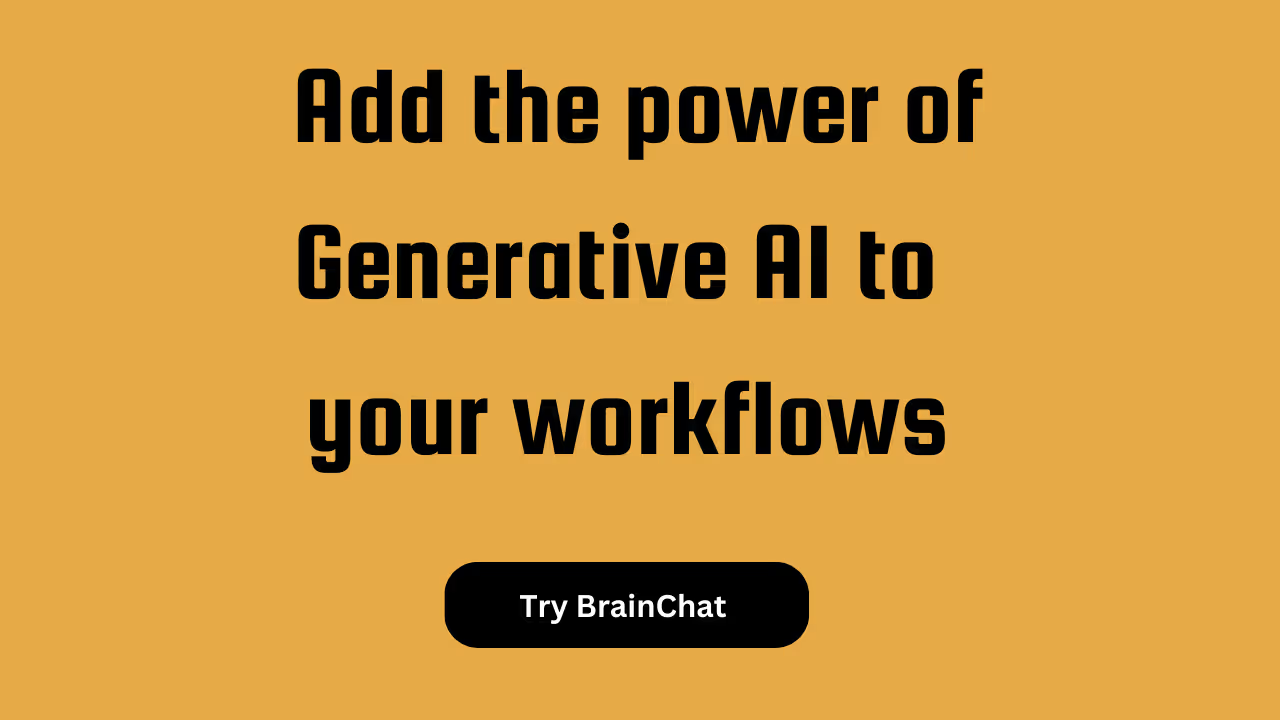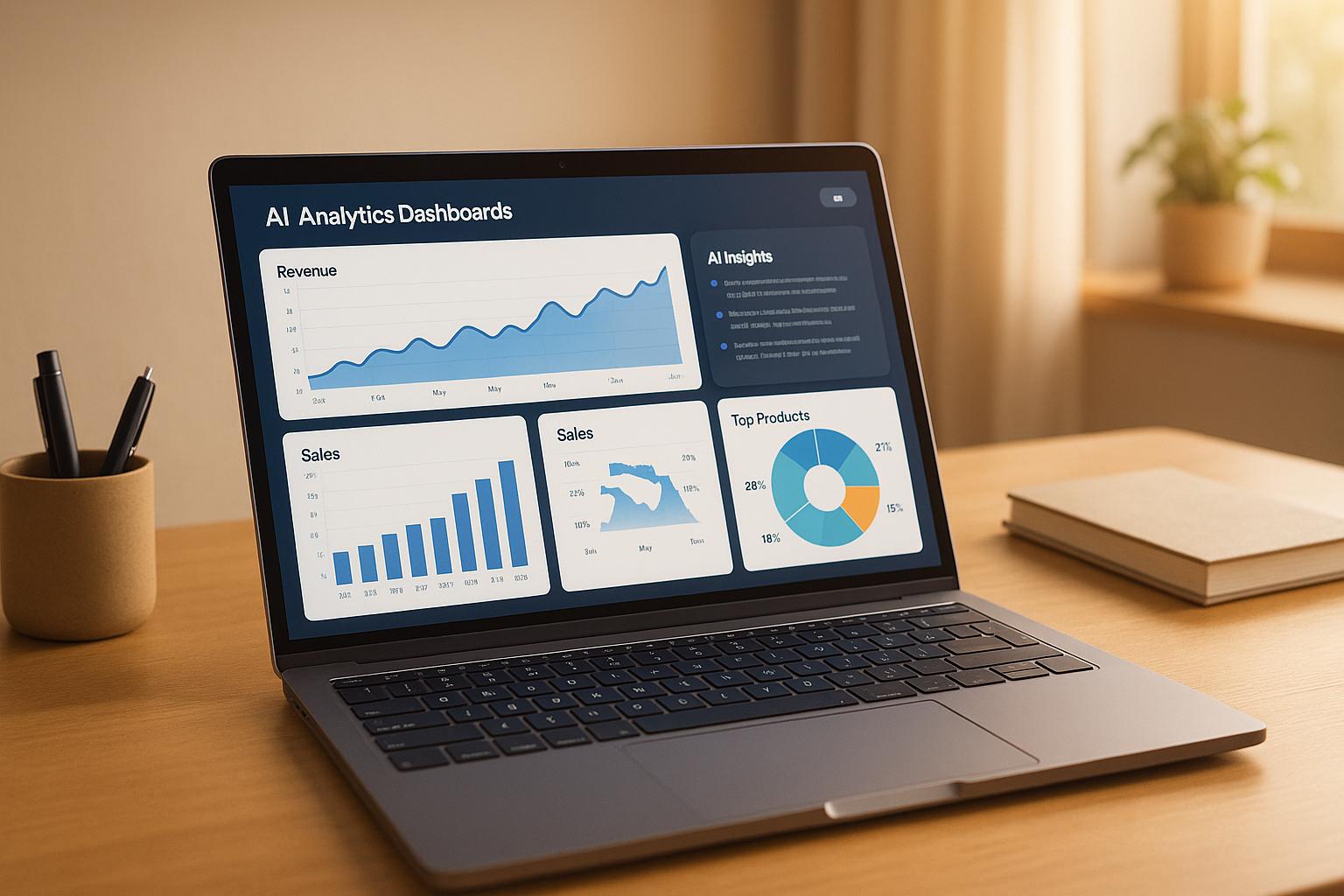
What is the Best Large Language Model (LLM) for Work

In an era characterized by rapid technological advancement, language models have emerged as pivotal tools in various professional environments. Language models, often abbreviated as LLMs (Large Language Models), facilitate a multitude of tasks ranging from content creation to data analysis. However, selecting the best LLM for work can be a complex endeavor. This article aims to dissect and analyze several prominent LLMs in order to identify the most suitable options for diverse professional needs.
Understanding Language Models
To begin with, let’s clarify what a language model is. At its core, a language model is an artificial intelligence system designed to understand and generate human language. These models leverage deep learning techniques to perform natural language processing (NLP) tasks, such as text generation, translation, and summarization. With advancements in machine learning, LLMs have become increasingly sophisticated and capable, making them robust tools for various professional applications.
Criteria for Selecting the Best LLM
Choosing the right LLM for work depends on various factors, each of which plays a significant role in the overall efficacy of the tool. The following are some of the key criteria:
1. **Accuracy and Performance**: The model’s ability to understand and generate coherent text.
2. **Adaptability**: The model’s capability to apply its functionalities to different tasks and industries.
3. **Ease of Integration**: How easily the model can be incorporated into existing workflows and software.
4. **Scalability**: The model’s ability to handle increasing workloads and data sizes.
5. **Cost**: The financial feasibility of deploying the model in a professional setting.
6. **Support and Documentation**: Availability of robust support and detailed documentation to guide users.

Popular Language Models in the Market
Several leading language models have gained traction in the market. Let’s take a closer look at some of these models:
1. **OpenAI's GPT-4**:
OpenAI’s GPT-4 is one of the most advanced language models available today. Known for its impressive accuracy and performance, GPT-4 has set a new standard in the industry. It excels in generating human-like text and understanding context, making it ideal for content creation, customer service, and other applications.
2. **BERT (Bidirectional Encoder Representations from Transformers)**:
Developed by Google, BERT has revolutionized search engines and text analysis. It is known for its ability to understand the context of words in a sentence rigorously by looking at them bidirectionally. BERT is particularly useful in contexts where the exact meaning and subtle nuances of text are important.
3. **T5 (Text-to-Text Transfer Transformer)**:
Another powerful model from Google, T5, treats all NLP problems as a text-to-text problem. This uniformity simplifies its use across diverse tasks such as translation, summarization, and even question-answering systems.
4. **XLNet**:
Developed by researchers at Carnegie Mellon University and Google, XLNet builds on the advantages of both autoregressive models and transformers. XLNet outperforms many models, including BERT, in reading comprehension and language modeling tasks.
5. **Roberta**:
Facebook AI's RoBERTa, or Robustly optimized BERT Approach, extends BERT’s capabilities by using larger training data and longer training times. RoBERTa is well-suited for niche applications requiring nuanced understanding.
Comparative Analysis
Accuracy and Performance
When it comes to accuracy and performance, both GPT-4 and T5 stand out due to their sophisticated architecture that allows them to generate highly accurate and coherent text. While BERT and RoBERTa also offer strong performance, they are generally more focused on understanding context rather than generating text.
Adaptability
In terms of adaptability, GPT-4 and T5 have a slight edge as they can be applied to a broader range of tasks. For example, GPT-4 can be used in creative tasks like writing and art, alongside data-driven tasks like summarization and translation. BERT and XLNet are more tailored for specific tasks that require deep contextual understanding.
Ease of Integration
GPT-4 offers various APIs and plugins, making it relatively easy to integrate into different platforms and workflows. BERT, on the other hand, requires more specialized knowledge for efficient integration especially when fine-tuning for specific tasks. T5’s unified approach simplifies its integration to some extent but still requires technical proficiency.
Scalability
Scalability is another critical consideration, especially for businesses with growing data needs. GPT-4 is highly scalable but comes with significant computational costs. XLNet and RoBERTa offer efficient alternatives that can handle large datasets without requiring immense computational resources.
Cost
Cost-wise, open-source models like BERT and RoBERTa are generally more budget-friendly. GPT-4, while powerful, can be expensive both in terms of licensing and computational resources required. T5, depending on the configuration, can either be more economical or similarly expensive as GPT-4.
Support and Documentation
The availability of robust support and comprehensive documentation can significantly impact the usability of an LLM. OpenAI provides extensive documentation and active support forums for GPT-4, easing the learning curve for new users. Google’s BERT and T5, being open-source, come with ample community support and extensive documentation. RoBERTa and XLNet, while also well-supported, may lack the extensive official support channels found with commercial models.
Real-World Applications
To contextualize this comparative analysis, let’s examine some real-world applications of these LLMs in various professional environments.
Content Creation and Copywriting
GPT-4 has proven to be exceptionally useful in the realms of content creation and copywriting. Its ability to generate human-like text makes it a valuable tool for marketing agencies and publishers. Businesses can leverage GPT-4 to automate blog posts, social media content, and even detailed technical documentation.
Customer Service and Support
Language models like GPT-4 and T5 excel in customer service applications. By integrating these models into customer support systems, businesses can automate responses to common queries, enhancing efficiency and reducing operational costs.
Healthcare and Medical Research
In healthcare, BERT has been utilized for tasks like medical document classification and understanding patient queries. The model’s ability to grasp intricate nuances makes it suitable for critical fields where accuracy is paramount.
Finance and Data Analysis
Financial institutions have adopted LLMs like XLNet for tasks such as sentiment analysis, fraud detection, and automated report generation. XLNet’s capability to handle large datasets efficiently makes it an ideal choice for data-heavy industries.
E-commerce and Retail
Retailers use models like GPT-4 and RoBERTa for inventory management, customer interaction, and personalized marketing. These models help in predicting consumer behavior, managing logistics, and providing personalized recommendations.
Challenges and Limitations
Despite their capabilities, LLMs are not without challenges. One major concern is the ethical implications of their use. Issues like data privacy, algorithmic bias, and misinformation are increasingly coming under scrutiny. Additionally, the computational resources required for running highly sophisticated models like GPT-4 can be a limiting factor for smaller businesses.
Moreover, while these models are adept at generating text, their understanding is not akin to human comprehension. They often lack the ability to critically evaluate the information they process, leading to potential inaccuracies or inappropriate outputs if not monitored closely.
Future Trends
The future of LLMs promises even greater advancements. Researchers are continuously working on enhancing the efficiency, accuracy, and ethical use of these models. Hybrid models that combine the strengths of multiple architectures are also on the horizon, potentially offering more balanced and versatile tools.
Efforts are also being made to democratize access to LLMs. Initiatives aimed at reducing computational requirements without compromising performance are underway, making these powerful tools more accessible to a broader range of businesses.
Conclusion
Selecting the best LLM for work hinges on a multitude of factors, including the specific requirements of the task, budget constraints, ease of integration, and the level of support available. While GPT-4 stands out in terms of versatility and performance, other models like BERT, T5, RoBERTa, and XLNet offer unique advantages that can make them more suitable for specific applications.
By understanding the strengths and limitations of each model, businesses can make informed decisions that align with their operational needs and strategic objectives. As the field of language models continues to evolve, staying abreast of the latest developments will be crucial for leveraging these tools to their fullest potential.
In summary, the choice of LLM will largely depend on the balance between the task at hand and the resources available, shaping the landscape of professional efficiency and innovation.
Turbocharge your team with BrainChat AI
Teams using BrainChat report a 40% boost in task completion speed. Imagine what your team could achieve.
%20(1).png)



